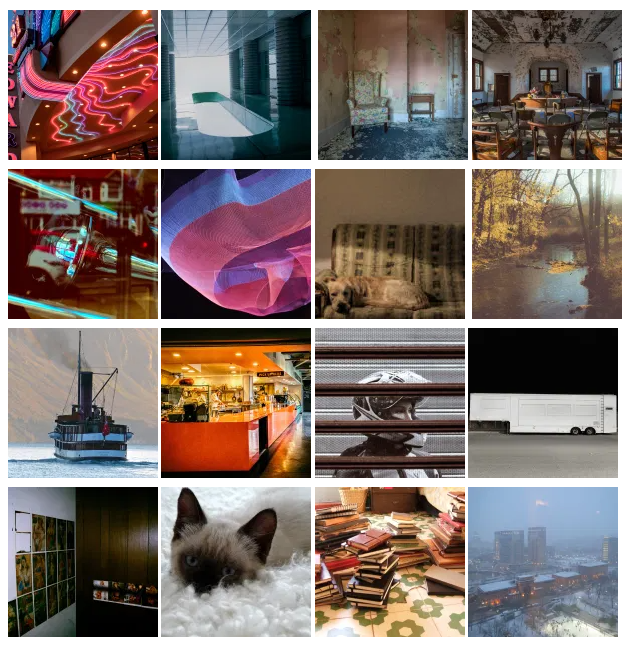I (feel) like it
I was dismissively walking around a nature photography gallery in Jackson Hole one day, when I found myself paused in front of what I would normally consider to be a cheesy image. It combined a cliff, some fog, a lighthouse, and a ray of sun in the cliche arrangement you would expect. And while the dominant part of my mind was rattling off all of these judgments, all these reasons I didn’t find the photograph even remotely praiseworthy, a much quieter, less familiar part of me was keeping me rooted in front of it.
Because I liked the way it was making me feel.
I wasn’t feeling inspired, as the caption that would undoubtedly appear on the mass-produced poster version of the image would prod me to be. Or any other emotion I could name. It was just a mood, a mood that defied categorization and yet suddenly felt more real than the world of the family weekend trip I had just been so firmly planted in.
I moved to the next photo and instead of analyzing the technique, subject matter, and message, I approached it with what felt like a newfound sense: how did this one make me feel? It was like I had uncovered an elixir. Rather than “objectively” judging the style, intelligence, and reputation of pieces of art with an analytical eye, I could use them to make myself feel a whole range of things. What had been uniformly uninteresting works—vanilla, all off them—now took on the varied flavors of a rich buffet.
And I felt like I had a new superpower: the ability to collect prompts that would conjure up emotions on demand.
And that ability to judge an image not on its merits but on how it makes me feel has become a concrete practice that puts my emotional muscles to work, muscles that benefit me in really important ways that have nothing to do with the visual arts.
But to get it, you just have to try it. And it doesn’t work to start googling images using emotion keywords because that’s still privileging the analytic, judgmental part of your mind. If you search “cozy” and then spend ten minutes deciding which image fits into that category the best, you’re missing the point entirely.
Instead, try this: Use a random word generator to create search terms to use in flickr. Scroll through many images per term, pinning or downloading the ones that make you feel something. The ones that communicate a mood. Practice reacting to images with your gut. Try to turn off the part of your mind that tells you why a photo is “good” or not and instead concentrate on how your body feels when you look at it and whether you’re suddenly transported to a different emotional space.
Here is a sampling of my dowloads, but don’t expect them to do anything for you! Which, of course, is the entire point. You’re finding the stuff that speaks to you.
Then you can have fun arranging images by evocation. This exercise can be profitably applied to other arts as well.
Create feeling-based playlists. Emotionally organized poetry collections. Mood-specific fabric piles.
And don’t just focus on positive categories. Anything that makes you feel deeply is beneficial, especially if you have a hard time sticking with negative emotions like fear or sadness long enough to process through them.
The idea is to simply practice feeling deeply in a space that’s free of your internal editor.
Because when you stop listening to what it is telling you to like, you start liking what makes you feel.

